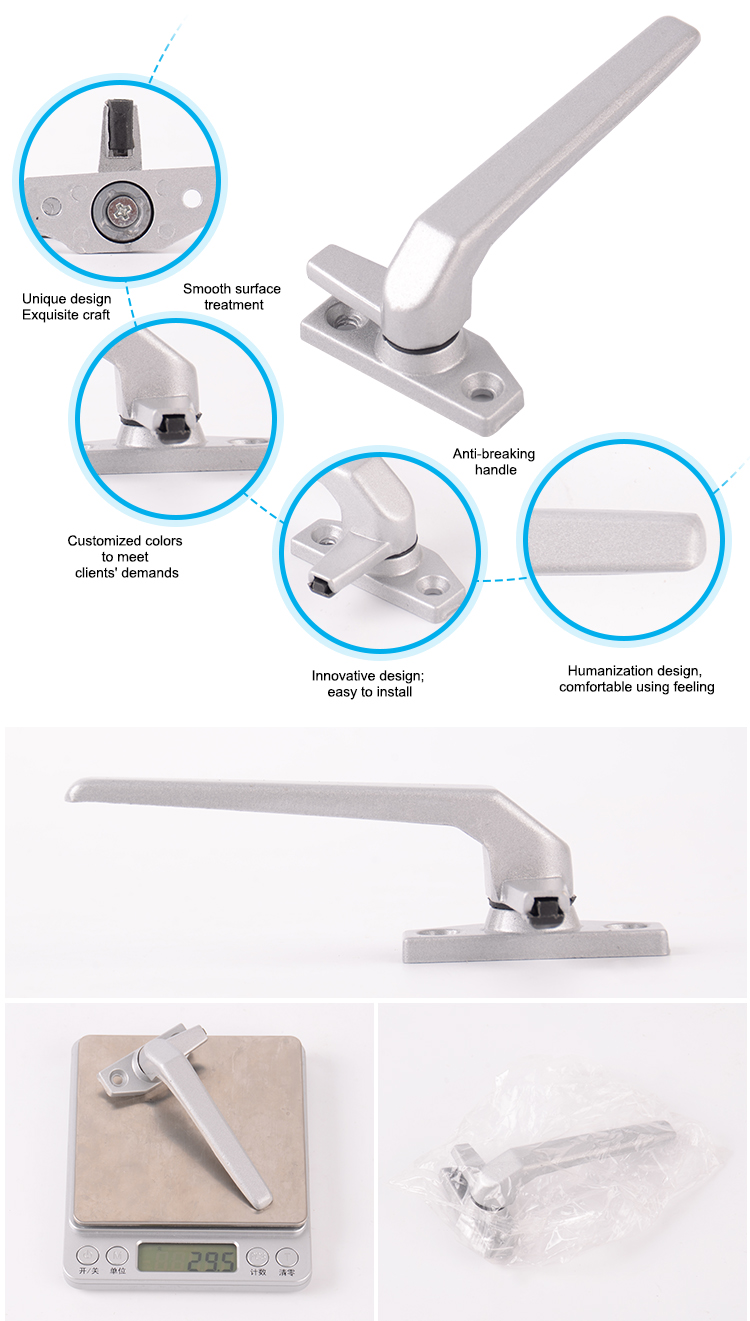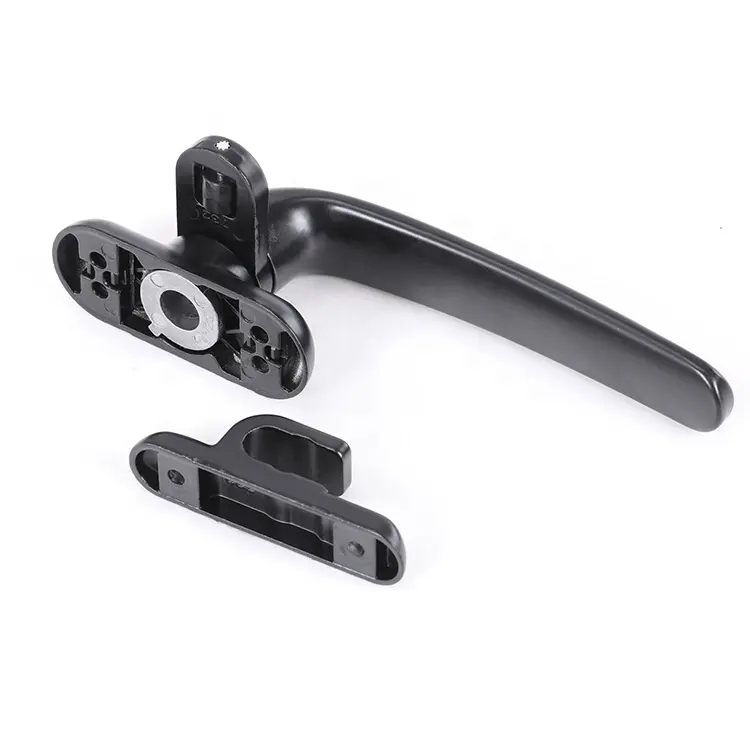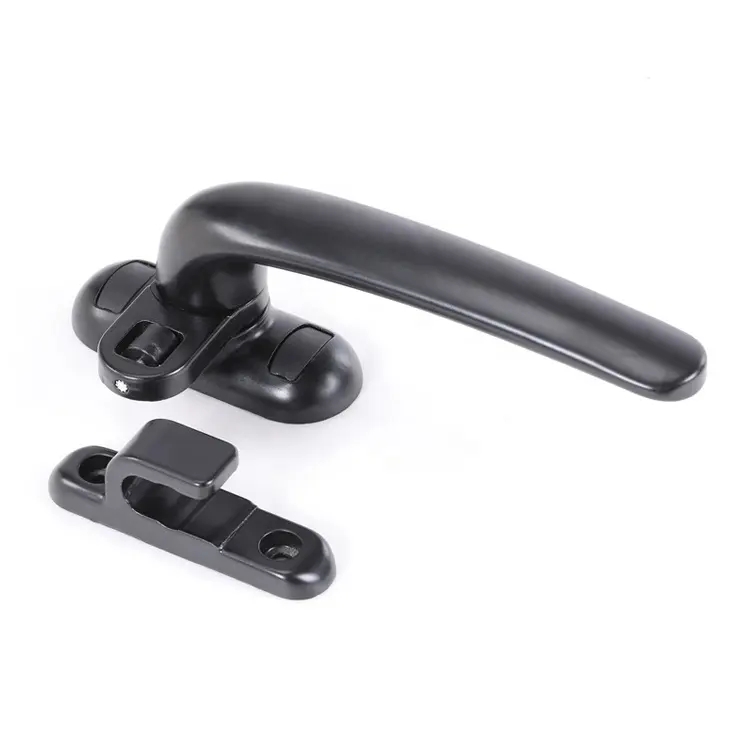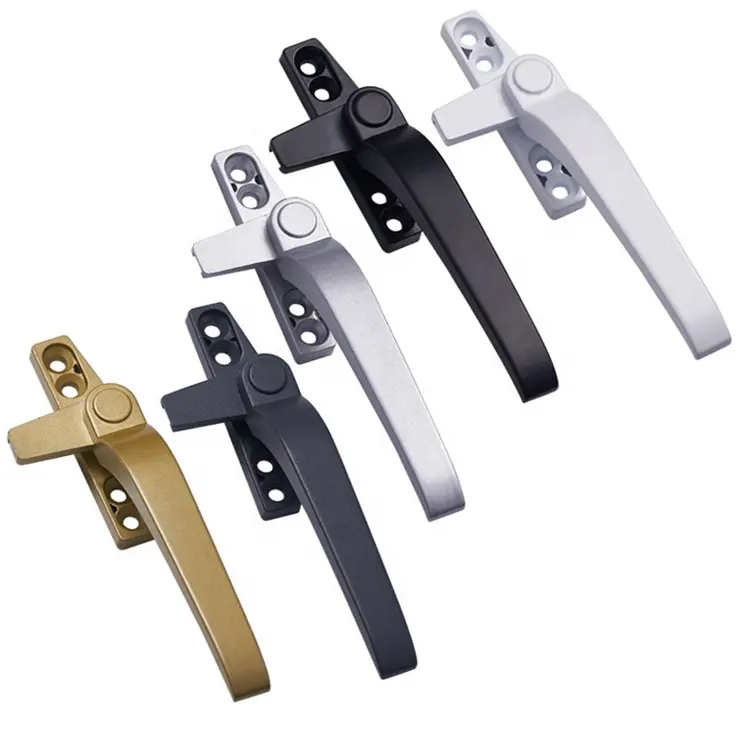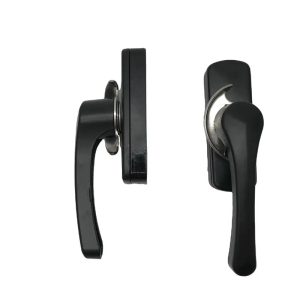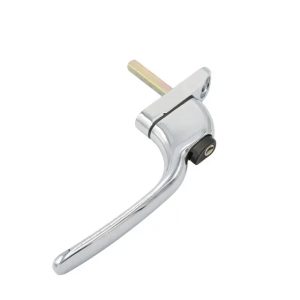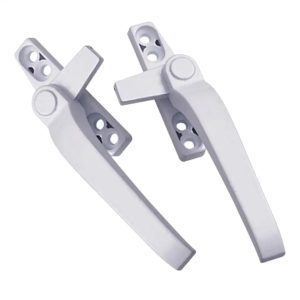A Comprehensive Guide to Window Handles: Balancing Functionality and Aesthetics
Introduction
Window handles, often referred to as window knobs or window levers, are essential components of any well-designed architectural space. These small yet crucial devices serve as both functional elements and design accents for windows. In this article, we will delve into the world of window handles, exploring their diverse functions, aesthetic considerations, and how they contribute to both the practicality and allure of architectural spaces.
Understanding Window Handles
Window handles are manual mechanisms used to open, close, and secure windows. These handles come in various shapes, sizes, and materials, each tailored to suit the specific needs and aesthetics of the surrounding environment. Functioning as the interface between occupants and the external environment, window handles play a pivotal role in enhancing comfort, ventilation, and security within a space.
Functions and Features
Operational Efficiency: Window handles are designed for smooth and effortless operation. Lever-style handles, for instance, allow easy operation even for individuals with limited dexterity, making them an excellent choice for accessible spaces.
Ventilation Control: Many window handles come equipped with multiple opening positions, enabling occupants to regulate airflow and create a comfortable indoor environment while maintaining security.
Security Enhancement: Modern window handles often incorporate locking mechanisms to ensure the safety and security of occupants and their belongings, providing peace of mind without compromising aesthetics.
Design Harmony: Window handles are available in a plethora of styles, from sleek and minimalist to ornate and vintage. Choosing handles that complement the overall architectural and interior design can greatly enhance the visual appeal of a space.
Aesthetic Considerations
Material Selection: Window handles are crafted from various materials, including stainless steel, brass, aluminum, and even wood. The choice of material can influence the handle’s durability, aesthetics, and compatibility with the surrounding decor.
Finish Options: Different finishes, such as brushed, polished, matte, or antique, can profoundly impact the handle’s appearance. Coordinating the finish with other hardware and fixtures in the space can create a cohesive design.
Architectural Style: Window handles can be chosen to reflect the architectural style of the building. For instance, traditional handles with intricate detailing may suit historical or classic designs, while contemporary spaces may benefit from sleek, minimalistic handles.
Finding the Perfect Window Handle
When selecting window handles, it’s essential to strike a balance between functionality and aesthetics. Consider the following tips:
Compatibility: Ensure the chosen handles are compatible with the type of windows in your space, such as casement, awning, sliding, or double-hung.
Ergonomics: Opt for handles that are ergonomically designed for easy use and a comfortable grip.
Durability: Choose handles made from durable materials, especially for high-traffic areas.
Conclusion
Window handles are more than just functional tools; they are intricate elements that contribute to the overall character and atmosphere of a space. By carefully considering the functional requirements, aesthetic preferences, and architectural context, one can select window handles that not only serve their purpose but also add a touch of elegance and sophistication to any environment. As you embark on the journey of enhancing your living or working space, remember that window handles are not merely hardware – they are expressions of style and craftsmanship that elevate the ordinary to the extraordinary.


